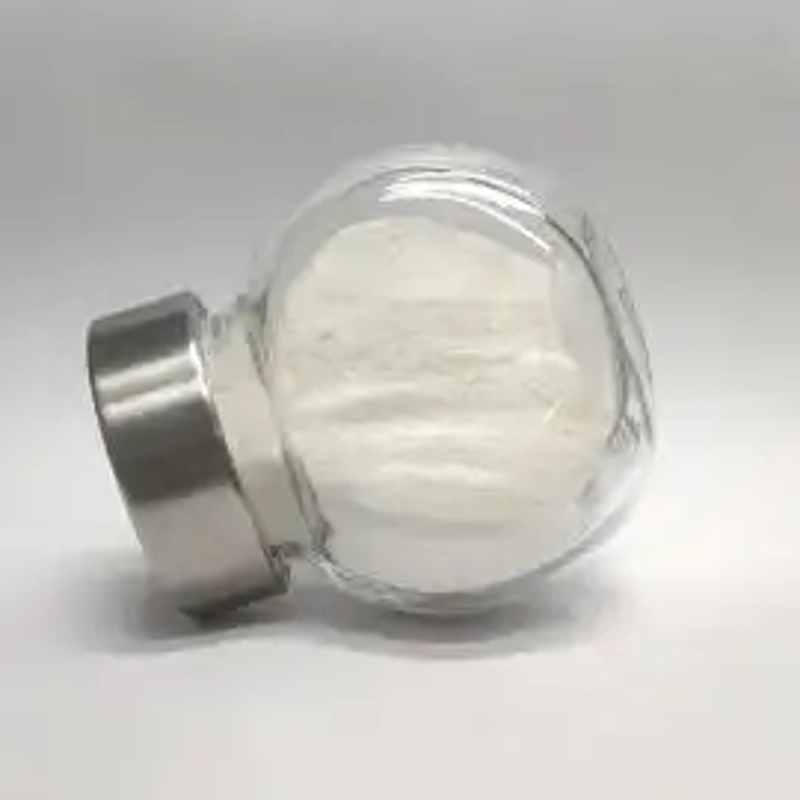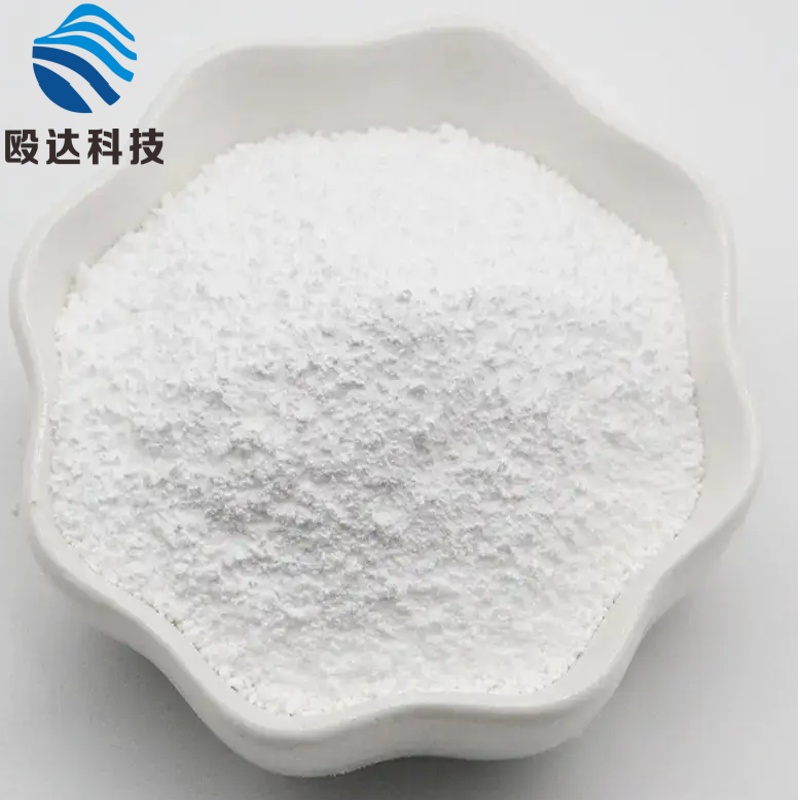Disinfection and sterilization of pharmaceutical water storage and distribution system
-
Last Update: 2016-09-19
-
Source: Internet
-
Author: User
Search more information of high quality chemicals, good prices and reliable suppliers, visit
www.echemi.com
Pharmaceutical water as raw material and equipment cleaning water, its quality directly affects the quality and safety of drugs - pharmaceutical water storage and distribution system as the storage and distribution carrier of pharmaceutical water, its microbial control level directly affects the quality of pharmaceutical water used by Zui Through disinfection and sterilization of pharmaceutical water storage and distribution system, the risk of pharmaceutical water pollution caused by system equipment can be effectively reduced Based on the analysis of disinfection and sterilization methods of pharmaceutical water storage and distribution system, this paper puts forward specific solutions for disinfection and sterilization methods of systems with different requirements With the release and implementation of "drug production quality management standard (revised in 2010)" and the continuous development of pharmaceutical public engineering technology, the quality of pharmaceutical water (purified water, injection water) has attracted more and more attention of pharmaceutical enterprises Pharmaceutical water (purified water, water for injection) storage and distribution system is an important part from water production equipment to the point of use Its disinfection and sterilization methods have an important impact on the water quality and operation cost of the system The 2010 version of GMP puts forward clear requirements for the quality of purified water and injection water According to the requirements of different microbial control level and production cost, the main microbial control mode of purified water storage and distribution system is disinfection, and the control mode of injection water is sterilization Disinfection and sterilization technology is the main technology for the storage and distribution system of pharmaceutical water to control the microbial indicators, and it is also an effective means to rapidly reduce the microbial load of pharmaceutical water system Disinfection usually refers to killing the propagation of pathogenic microorganisms, but can not destroy their spores, so disinfection is not complete and can not replace sterilization The microbial index in the storage and distribution system of pharmaceutical water will increase with time Users need to take appropriate microbial inhibition measures for disinfection or sterilization to ensure that the microorganisms in the water meet the requirements of Pharmacopoeia At present, the disinfection methods of purified water mainly include pasteurization, ozone disinfection, ultraviolet sterilization, pure steam sterilization and chemical sterilization There are two main sterilization methods of water for injection: pure steam sterilization and superheated water sterilization Pasteurization of the purified water system is mainly to heat the purified water in the storage and distribution system to 80 ℃, and then circulate for 1-2 hours at this temperature to complete the disinfection of the purified water storage and distribution system The heating object of pasteurization is purified water, which is safe without external medium The amount of purified water has a great influence on heating time, steam consumption and system operation safety, so it is necessary to control the amount of water in the tank before heating If there is too much water, the heating time and steam consumption will increase, increasing the operation cost; if there is too little, when the purified water is heated, it is easy to cause cavitation of the circulating pump and damage the sealing of the circulating pump The heating methods of pasteurization are jacket heating and heat exchanger heating Due to the long time and poor temperature uniformity of tank heating, heat exchanger heating is widely used in the new system Pasteurization is mainly used to control the temperature of heated purified water, which is convenient for detection, high accuracy, simple in control process and stable in disinfection effect Therefore, pasteurization is currently used in the storage and distribution system of purified water Because the purified water needs to be heated with industrial steam in the pasteurization process, the use in some workshops without industrial steam will be limited The process needs to be heated and cooled for a long time (about 4h) In recent years, Zui has just started in China Ozone (O3) is a colorless broad-spectrum bactericide, which has a strong inactivation effect on bacteria, bacterial spores, viruses, fungi, etc., and has a relatively large solubility in water, so it has a better disinfection effect in the purified water system As a strong oxidant, ozone will damage the non-metal in the system to a certain extent If there is leakage, it will damage the atmosphere and human body The half-life of ozone is relatively short and easy to decompose, which puts forward relatively high requirements for the detection of ozone generator and system ozone concentration The price of ozone generator (hydroelectricity solution) and detection instrument is relatively high, and they need to Add ultraviolet lamp to the system to digest ozone, add ozone tail gas destructor at the exhaust port, and even install automatic valve at the use point of the workshop (interlocked with the ozone detector to prevent water containing ozone from entering the use point, causing harm to the environment and human body), so the investment of the system will be greatly improved At present, the main methods of producing ozone in China are discharge method and water electrolysis method The purity of ozone produced by discharge method is relatively low (into the air), which will have a certain impact on the system It is mainly used in some small enterprises in China At present, water electrolysis is a relatively recognized ozone production method for disinfection of purified water system at home and abroad Purified water is used as the raw material to produce ozone, without external pollution from the system, but the price of equipment is relatively high The penetration rate is not high Ultraviolet disinfection has a certain bactericidal effect However, the use of purified water system will be affected by many factors, such as wavelength, flow rate of pipeline water, water quality change, lamp power change, water temperature, etc., which can not completely replace the periodic disinfection of the system As a supplement to other disinfection methods, it can prolong the disinfection cycle of the system and reduce the operating cost of the system At present, some systems in China add filters behind the UV lamp to ensure that the bacteria after killing will not flow into the downstream system, but this way will increase the risk of bacteria breeding and aggregation in the filter, resulting in the deterioration of system water quality Therefore, it is not suitable to install filter in purified water system Pure steam sterilization is mainly through high temperature (121 ℃) pure steam sterilization of microorganisms in the system Its sterilization effect is good and its cycle is short However, due to high temperature and high pressure (about 1.9 bar) sterilization, all equipment and instruments in the system are required to be able to withstand temperature and pressure At all low points of the system, drain valves and temperature detection devices are required to be added to keep the system warm and increase the investment of system equipment In the early system of our country, some systems will be directly connected with pure steam, and then directly discharged at the end of the system (no drain valve is installed at the pure steam discharge port) The steam will be discharged through the end of the system, forming the so-called circulating steam This scheme has no detection and control device at the end and low point of the system, the process is unstable, the security is poor, and it does not meet the requirements of the specification, so it is not recommended to use in the new system Chemical disinfection chemical disinfection mainly refers to the disinfection and cleaning of system pipelines by adding purified water of chemical agents In the current new system, chemical agent will be added during chemical disinfection, and the cleaning process after disinfection is complex, high cost and troublesome residue detection, so it will not be used as a conventional disinfection method for purified water system Only after the system stops running for a long time or the formation of microbial membrane, can chemical cleaning be used as the disinfection means of the system The superheated water sterilization of the injection water system is mainly to heat the injection water in the storage and distribution system to 121 ℃, and then circulate for 0.5h at this temperature to complete the sterilization of the injection water storage and distribution system The heating object of superheated water sterilization is water for injection, which does not need to add other materials, has no pollution risk and high safety The amount of water for injection has a great influence on heating time, steam consumption and system operation safety Therefore, the amount of water in the tank needs to be controlled before heating If there is too much water, the heating time and steam consumption will increase, increasing the operation cost; if there is too little, when the injection water is heated, it is easy to cause cavitation of the circulating pump and damage the sealing of the circulating pump The heating methods of superheated water sterilization are tank jacket heating and heat exchanger heating Because the tank heating method has a long time and poor temperature uniformity, the heat exchanger is mostly used in the new system at present The heat exchanger for sterilization can meet the sterilization requirements by increasing the heat exchanger maintaining 70 ℃ circulation of the system, with little new investment The superheated water sterilization mainly controls the temperature of the heated injection water, which is convenient for detection, high accuracy, simple control process and stable disinfection effect Therefore, the superheated water sterilization method is currently used in the storage and distribution system of water for injection For pure steam sterilization of water for injection system, the whole system needs to be emptied first, and drainage device and temperature detection unit are installed at all low points (without any effect in normal use), then pure steam (> 121 ℃) is introduced to monitor and control the temperature of drainage point The sterilization process is complicated, the low points of the system are more, and the cost is more Therefore, the current injection water system is mainly sterilized by superheated water In some old workshops, pure steam is still used to sterilize the injection water system due to the transformation of equipment and the change of concept Summary sterilization mode selection of pharmaceutical water storage and distribution system is an important part of pharmaceutical water system design Different workshops and systems in different environments should choose suitable disinfection and sterilization methods according to specific conditions It is recommended to select pasteurization and superheated water sterilization for the system of industrial steam supply in the workshop If there is no purified water system of industrial steam in the workshop, ozone disinfection is recommended to meet the needs of system investment, specification and use.
This article is an English version of an article which is originally in the Chinese language on echemi.com and is provided for information purposes only.
This website makes no representation or warranty of any kind, either expressed or implied, as to the accuracy, completeness ownership or reliability of
the article or any translations thereof. If you have any concerns or complaints relating to the article, please send an email, providing a detailed
description of the concern or complaint, to
service@echemi.com. A staff member will contact you within 5 working days. Once verified, infringing content
will be removed immediately.







